Understanding Wine Labels: A Quick Breakdown
Wine labels can be confusing, but they contain a lot of useful information. In this article, we'll break down the different parts of a wine label and explain what they mean. Understanding Wine Labels: A Quick Breakdown is essential for any wine enthusiast.
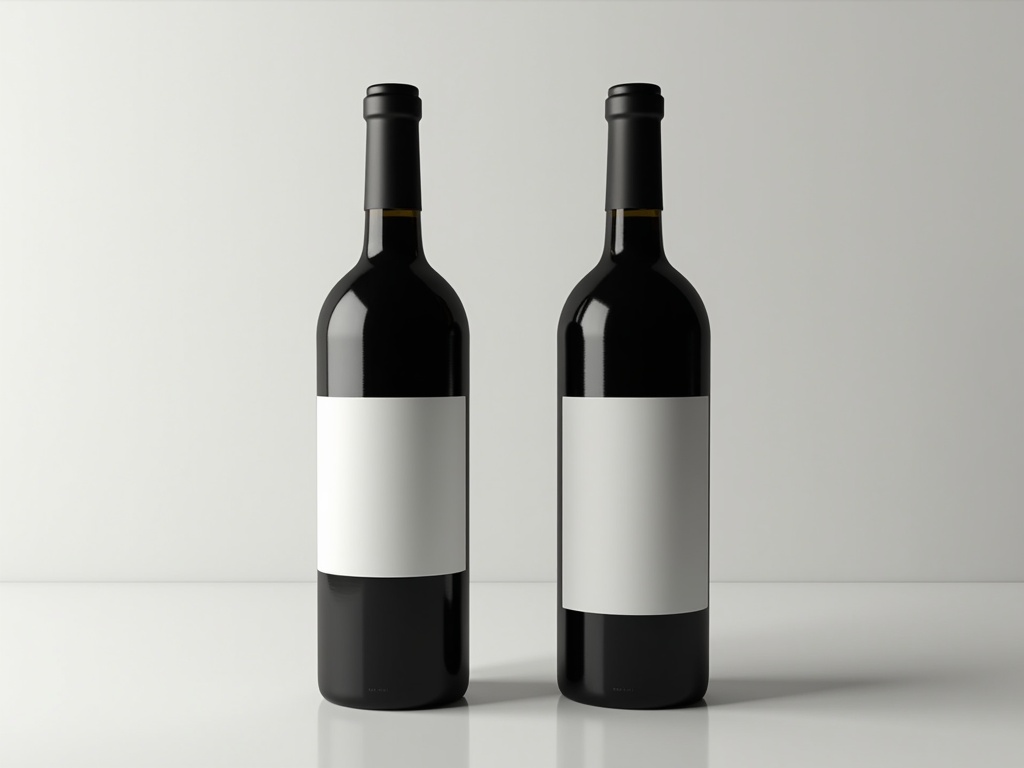
The Front Label
The front label of a wine bottle usually has the winery name, the type of wine, and the vintage. The winery name is the name of the company that produced the wine. For example, Jackson Family Wines is a well-known winery that produces a variety of wines. The type of wine can be something like 'Chardonnay' or 'Merlot'. The vintage is the year the grapes were harvested.
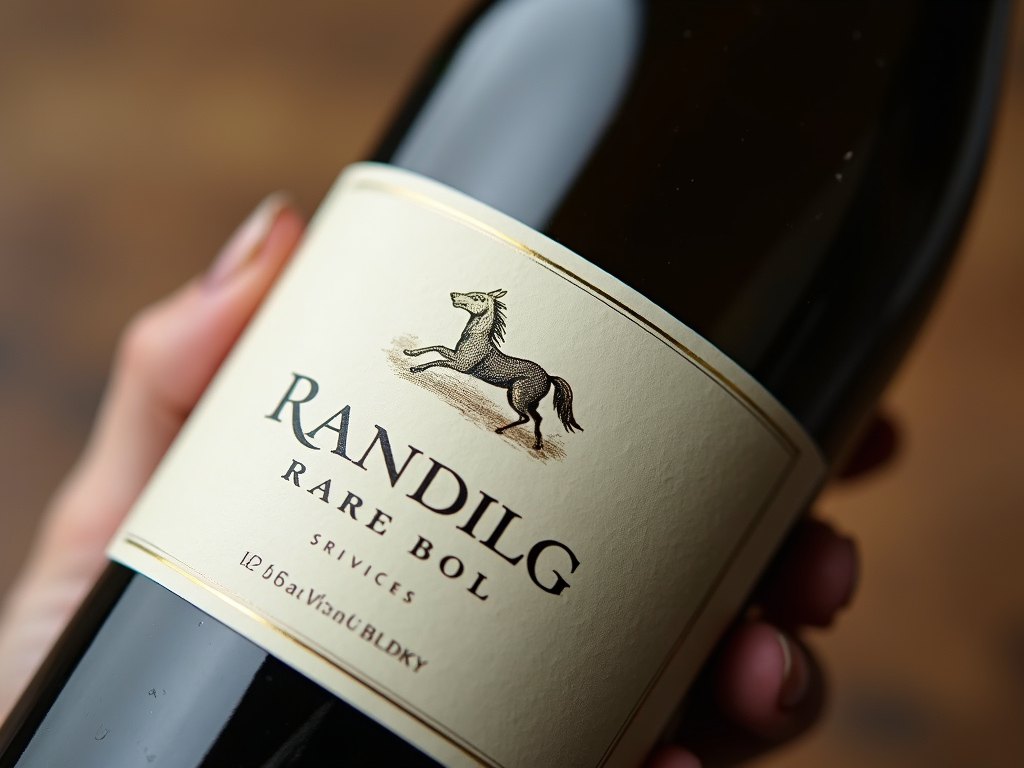
The Back Label
The back label often has more detailed information. This can include the grape variety, the region where the grapes were grown, and tasting notes. The grape variety tells you what kind of grapes were used to make the wine. The region can give you an idea of the wine's style and quality. Tasting notes describe the flavors and aromas of the wine.
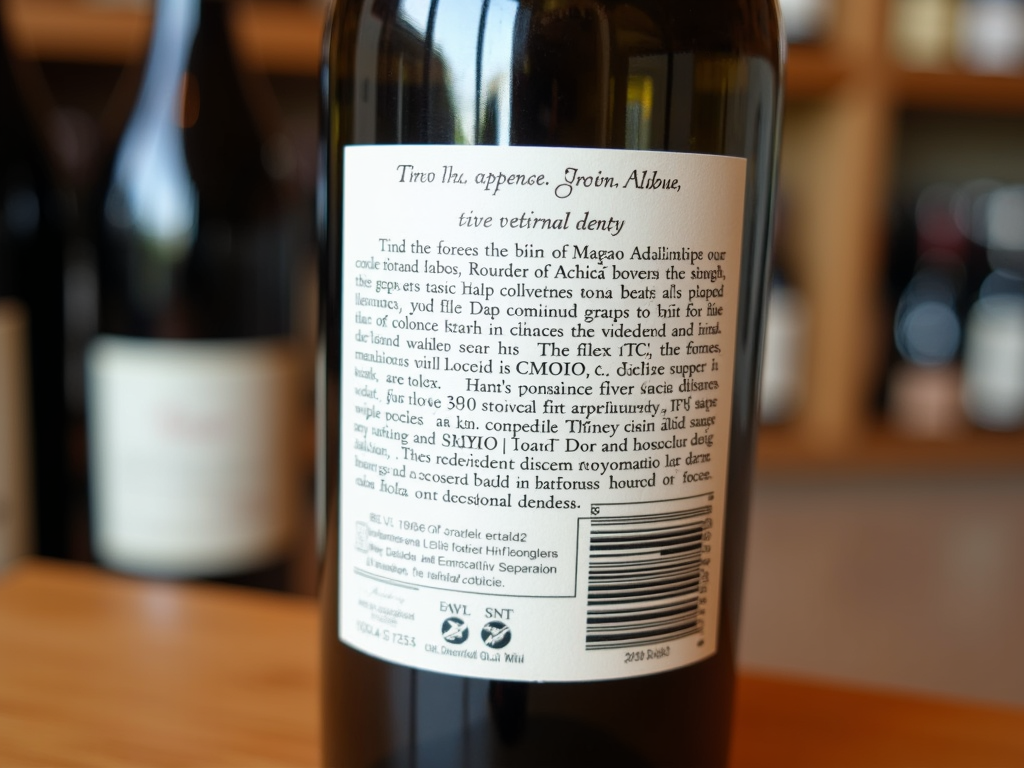
When I first started drinking wine, I was intimidated by the labels. They seemed to have so much information, and I didn't know what any of it meant. But over time, I learned to appreciate the labels. They can help you choose the right wine for your taste and occasion. For example, if you're looking for a wine to pair with a certain dish, the tasting notes can give you an idea of whether the wine will complement the flavors of the food. Or, if you're interested in trying wines from a particular region, the label can tell you where the grapes were grown.

Different Types of Wine Labels
Wine labels can vary depending on the country of origin. For example, French wine labels often include the appellation, which is the region where the grapes were grown. American wine labels, on the other hand, usually include the grape variety. Different wine brands also have their own unique labeling styles. Some may include more detailed information, while others may keep it simple.
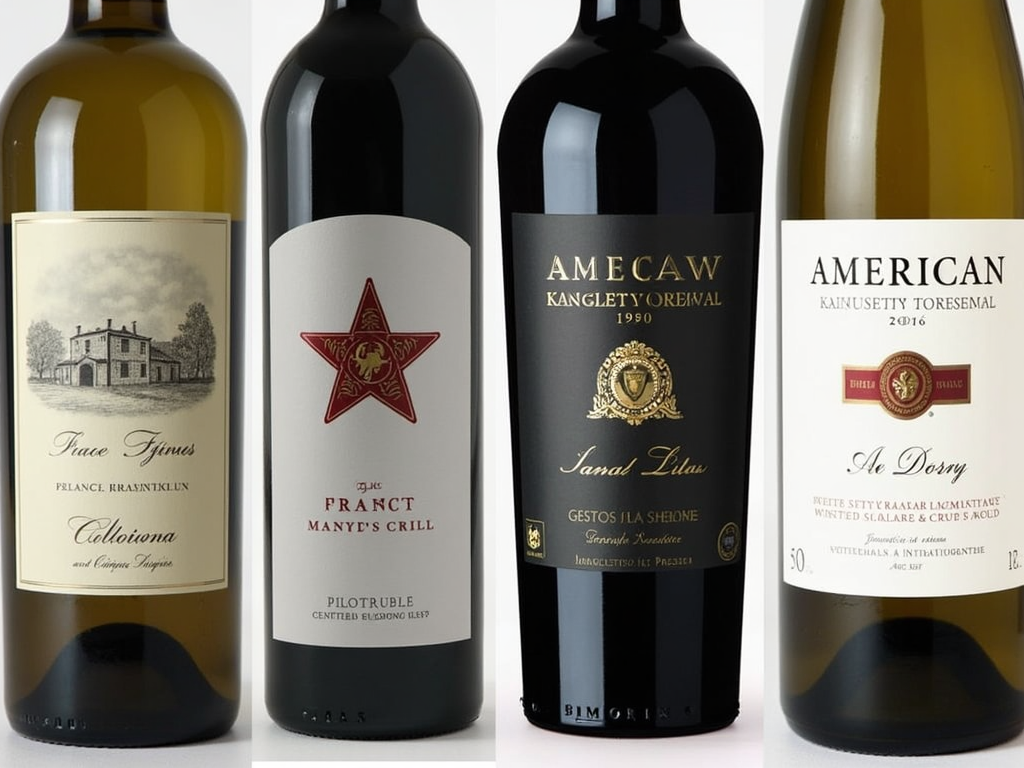
Legal Requirements
In many countries, wine labels are required to include certain information, like the alcohol content and health warnings. This information is usually found on the back label. It's important to be aware of these requirements, as they can affect the information available on the label. For more details on labeling requirements, you can refer to the Alcohol and Tobacco Tax and Trade Bureau.

Tips for Reading Wine Labels
When reading a wine label, look for keywords or phrases that can give you an idea of the wine's quality or style. For example, 'Reserve' or 'Grand Cru' can indicate a higher-quality wine. 'Dry' or 'Sweet' can tell you about the wine's sweetness level. Also, pay attention to the vintage. In general, older vintages are more expensive and may have more complex flavors. However, not all wines improve with age, so it's important to do some research or ask for advice.
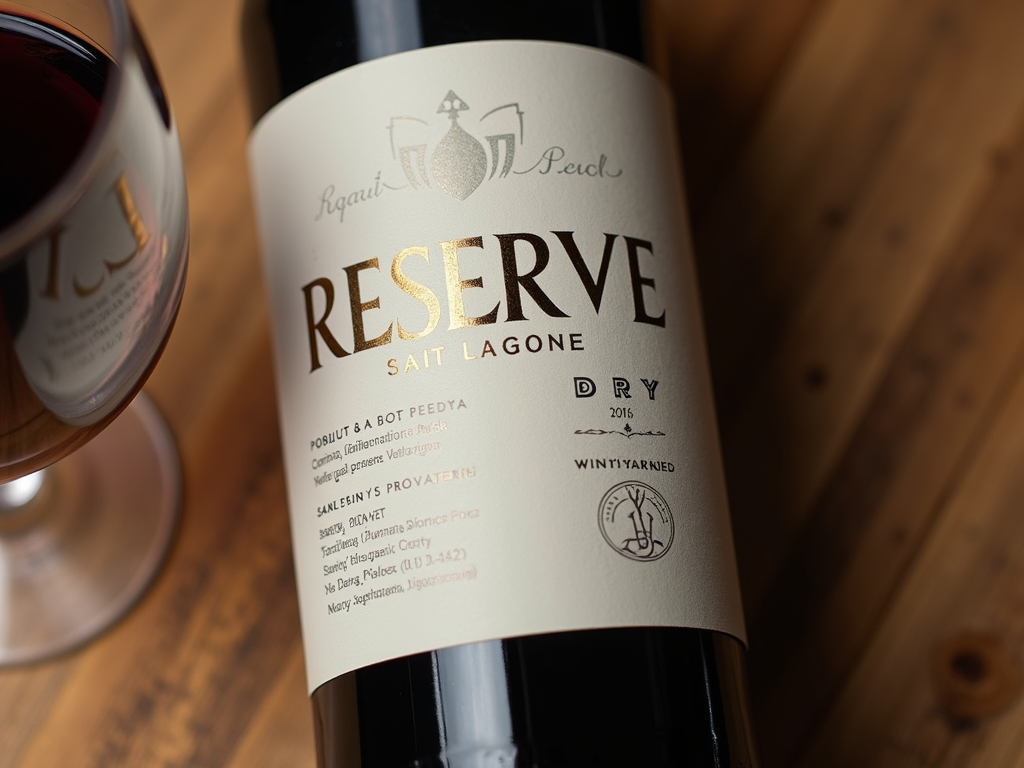
In conclusion, wine labels may seem confusing at first, but they contain a lot of useful information. By understanding the different parts of a wine label, you can make more informed choices when buying wine. If you're interested in trying Jackson Family Wines, you can find them at many wine retailers or online.